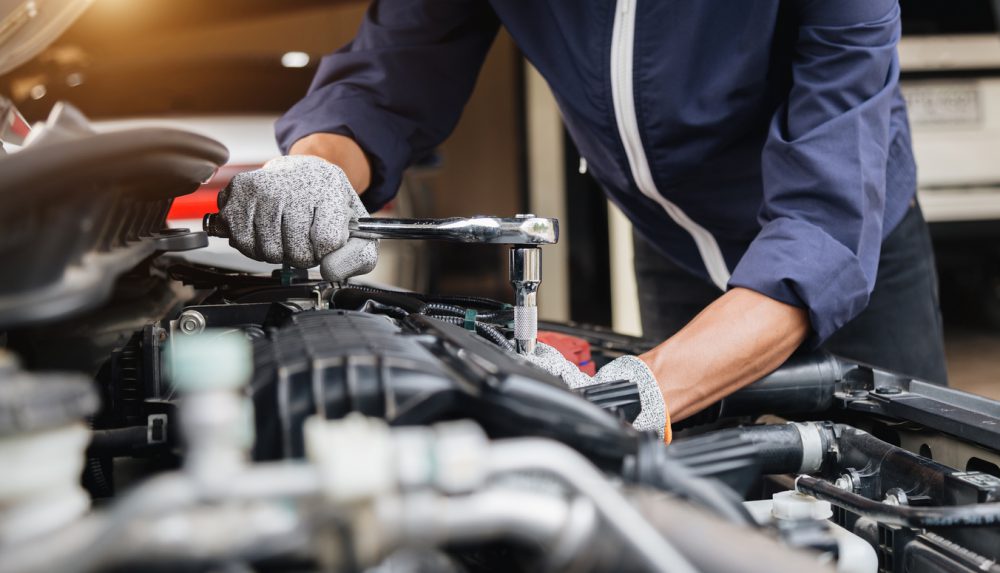
Drivers are keeping their cars for longer. If you want to be one of them, I can help you to eke more miles out of your motor.
According to Driver and Vehicle Standards Agency (DVSA) data, more than nine million of the UK’s 40.3 million registered vehicles have more than 100,000 miles on the clock. And trade body the Society of Motor Manufacturers and Traders says the average age of the UK’s cars is 8.4 years, the oldest since records began.


















